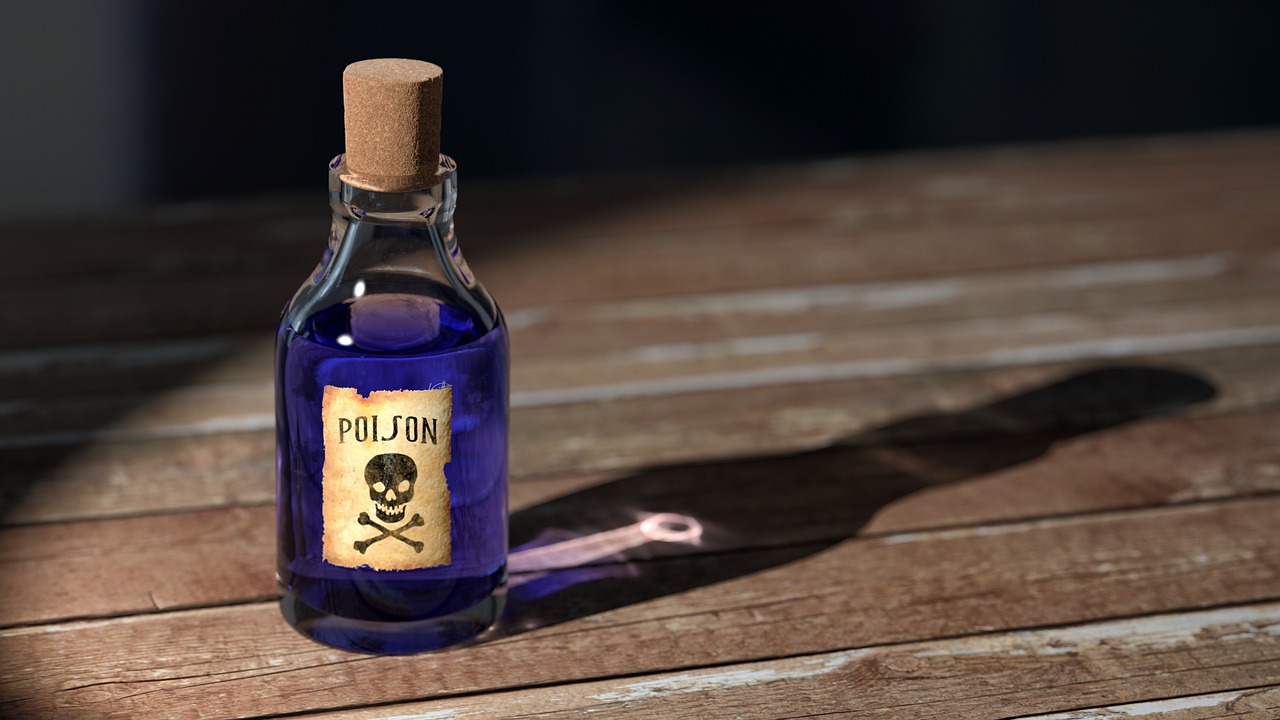Vinyl chloride is a colorless gas that has a sweet odor. It is used in the production of polyvinyl chloride (PVC), a commonly used plastic in a variety of industries. Despite its widespread use, vinyl chloride can have harmful effects on the environment. In this article, we will explore the environmental effects of vinyl chloride and how it can be managed to reduce its impact.
Table of Contents
ToggleSources of Vinyl Chloride
Vinyl chloride is primarily produced by the chemical industry as a byproduct of the production of PVC. It can also be found in the environment as a result of natural processes such as the decay of plants and animals. The primary source of vinyl chloride in the environment is the chemical industry, where it is released into the air, water, and soil during the production of PVC.
Environmental Effects of Vinyl Chloride
Air Pollution
Vinyl chloride is a known air pollutant and can have harmful effects on human health. It can cause irritation to the eyes, nose, and throat, and can also lead to more serious health problems such as cancer and liver damage. Vinyl chloride is a carcinogen, meaning that it has the potential to cause cancer in humans.
Water Pollution
Vinyl chloride can also have a negative impact on water quality. When it is released into water, it can contaminate both surface and ground water. This can have a negative impact on aquatic life and can also make water unsafe for human consumption.
Soil Pollution
When vinyl chloride is released into the soil, it can have a negative impact on plant growth and can contaminate the food chain. This can have harmful effects on both humans and animals that consume contaminated plants.

Management of Vinyl Chloride
There are several ways in which the environmental effects of vinyl chloride can be managed. These include:
- Recycling and Reusing
One of the most effective ways to reduce the impact of vinyl chloride is to recycle and reuse PVC products. This reduces the need for the production of new PVC, which in turn reduces the amount of vinyl chloride that is released into the environment.
- Treatment Technologies
Treatment technologies such as activated carbon adsorption and air stripping can be used to remove vinyl chloride from air and water. These technologies are effective in reducing the amount of vinyl chloride that is released into the environment.
- Regulatory Frameworks
Regulatory frameworks can be put in place to ensure that the production and release of vinyl chloride into the environment is controlled. This can include setting limits on the amount of vinyl chloride that can be released into the environment, as well as enforcing penalties for companies that do not comply with regulations.
Conclusion
In conclusion, vinyl chloride can have harmful effects on the environment, including air, water, and soil pollution. However, there are ways in which the impact of vinyl chloride can be managed, including recycling and reusing PVC products, treatment technologies, and regulatory frameworks. By taking action to manage the impact of vinyl chloride, we can help to protect the environment and reduce the risk of negative health effects on both humans and animals.







